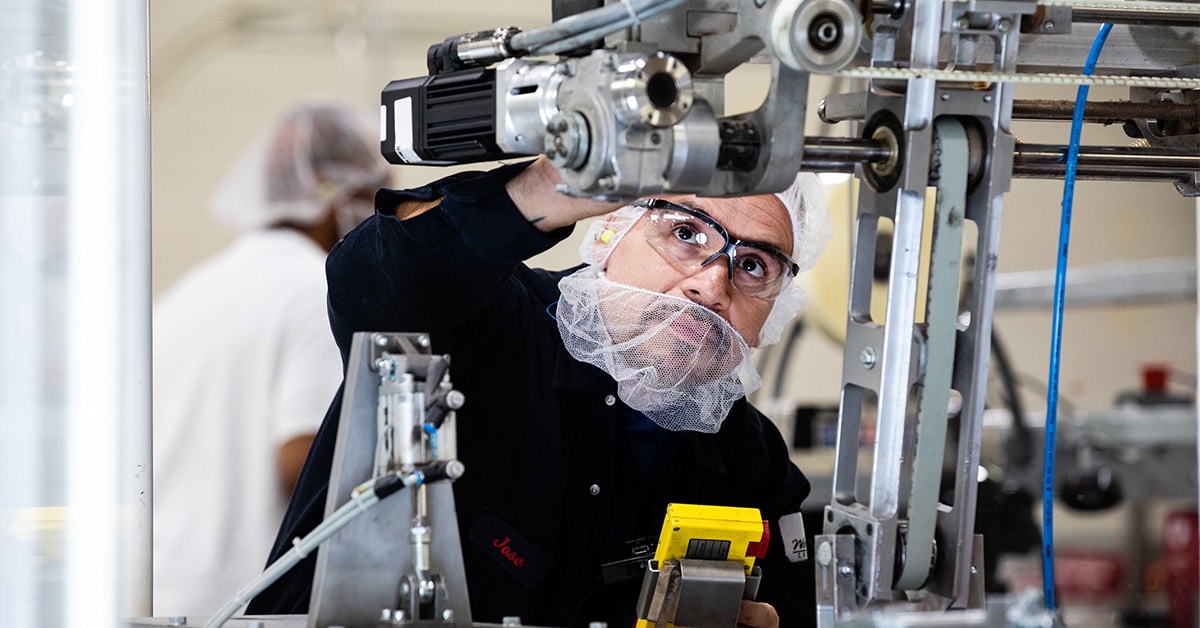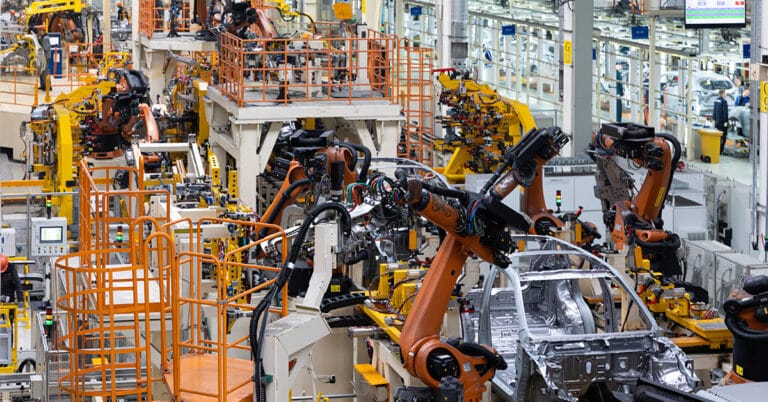Manufacturers today know that equipment maintenance strategy is a crucial component of operational success. The big decision: should maintenance be handled in-house or outsourced to an external provider?
While the answer may vary from business to business, it’s a decision that impacts cost control, asset reliability, compliance, and long-term productivity. Increasingly, manufacturers are turning to outsourced maintenance solutions to meet evolving operational demands and market challenges.
In this guide, we explore the key factors manufacturers should consider when evaluating in-house vs. outsourced maintenance, why outsourcing maintenance is gaining traction, and how to choose the right path for your operation.
Pros and cons of in-house vs. outsourced maintenance
Choosing between in-house and outsourced maintenance requires weighing multiple operational and financial considerations, each of which can significantly impact a manufacturer’s bottom line and production reliability:
1. Cost management & budget predictability
One of the most important starting points for comparison is understanding how different maintenance models impact costs, budget stability, and long-term financial planning.
- In-house maintenance: Managing an internal team requires significant investment in labor, training, tools, equipment, certifications, and continuous education. Costs can become unpredictable, especially in the event of unexpected breakdowns and repairs.
- External service provider: Service providers provide predictable cost structures, typically through monthly service agreements or defined scope contracts, reducing unexpected financial spikes.
2. Expertise & skill levels
Another critical factor to evaluate is the level of expertise and technical skill available to support complex maintenance demands.
- In-house maintenance: Recruiting highly skilled technicians is becoming increasingly complicated and cost-prohibitive in today’s tight labor market. In-house teams often face skill gaps, requiring continuous training and risking high turnover rates.
- External service provider: Partnering with an external service provider grants access to a full roster of specialized, certified maintenance technicians — often with deeper expertise in advanced technologies and maintenance best practices.
3. Scalability & flexibility
Scalability is another key element, especially for manufacturers that experience fluctuations in production volume.
- In-house maintenance: Scaling an internal team in response to production shifts can be slow and costly when factoring in recruitment, onboarding, and training expenses.
- External service provider: Service providers offer flexible maintenance services scaling to meet production demands, allowing rapid ramp-up or scale-back without additional hiring costs.
4. Risk management & compliance
Maintenance strategies must also address risk management and regulatory compliance, both of which are critical for safeguarding operations.
- In-house maintenance: The burden of regulatory compliance, safety standards, and documentation falls entirely on the company; non-compliance can lead to severe penalties and reputational damage.
- External service provider: Many outsourced maintenance partners assume shared liability, ensuring expert management of safety protocols, industry standards, and detailed compliance reporting.
5. Equipment reliability & uptime
High equipment reliability and minimal downtime are necessary to ensure consistent production output and overall efficiency.
- In-house maintenance: Smaller, less specialized teams may lead to slower responses, more frequent equipment downtime, and increased reliance on reactive maintenance.
- External service provider: Contracted teams leverage machine health monitoring and predictive maintenance solutions experts to minimize downtime and boost machine uptime, preserving production continuity.
6. Focus on core business operations
An often overlooked but critical consideration is how maintenance management affects a company’s ability to stay focused on its core business goals.
- In-house maintenance: Internal maintenance demands can distract leadership and teams from strategic growth initiatives, draining valuable time and resources.
- External service provider: Outsourcing allows businesses to fully focus on core operations while maintenance partners handle asset upkeep with minimal disruption.
Why outsourced maintenance offers clear advantages
When weighing all factors — from cost efficiency to operational agility — outsourced maintenance services present clear advantages for most modern manufacturers. Some of the top benefits include:
- Predictable budgeting with fixed maintenance service agreements.
- Immediate access to highly skilled maintenance technicians.
- Enhanced scalability to adapt to production fluctuations.
- Improved regulatory compliance and reduced liability.
- Minimized machine downtime through proactive maintenance technologies.
- Greater focus on business growth and profitability.
Manufacturers seeking to improve their reliability, optimize resources, and drive operational excellence should evaluate their current maintenance models. Shifting to sourcing skilled technical talent by partnering with an outsourced maintenance provider can unlock new levels of productivity, cost savings, and peace of mind. Discover how ATS can become your trusted maintenance provider. Let’s talk.

